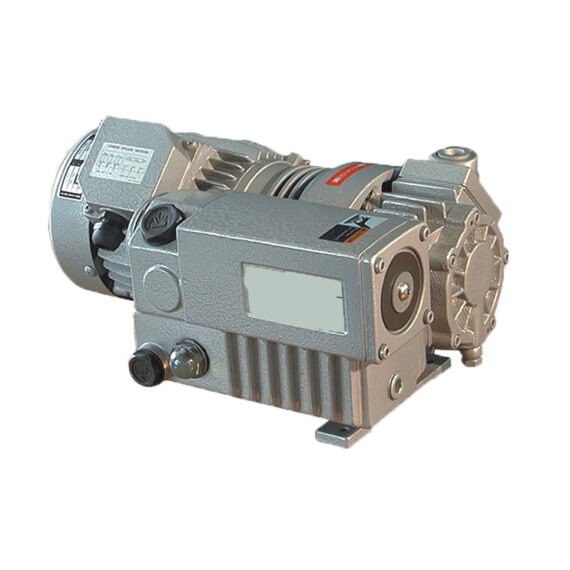
Crystallization
The process by which broken materials that exhibit crystalline lattices are slowly rebuilt to create crystals of controlled size and purity.
Crystallization is a solid-state phase change in metals or crystalline solids where the atomic structure of the material is altered through heating and cooling. Recrystallization is the phase change in which the material is broken down and restructured into its crystalline structure in order to improve the material’s properties.
To recrystallize a material, it is heated, either on its own or mixed into a solvent, to break down the structure of the crystal. As heating ceases, the atoms of the material form amorphous nanoclusters that become the crystal nuclei. The remaining atoms position themselves around the nuclei to create a new crystal lattice, dependent on the rate at which the crystal is cooled.
In the presence of atmosphere, the crystal forms with thousands of trapped air pockets in it. Atmospheric oxygen, hydrogen, and nitrogen work their way into the lattice by dissolving into the solvent or by finding its way in during formation. Hydrogen is especially tendent of dissolving between the grain boundaries, significantly reducing the structural integrity of the crystal. For this reason, vacuum is applied to the crystallization chamber.

Vacuum provides one more key advantage: the lower the pressure in the chamber, the easier it is to melt the crystal or evaporate the solvent. When the chamber’s pressure drops, the boiling point of all materials within drop with it. This is especially useful for crystallizing heat-sensitive materials, as the heat energy required to melt or boil decreases, preserving the crystal.
View our Products
NRV Series
An oil-sealed rotary vane vacuum pump is often used for vacuum pressure swing adsorption applications because it is inexpensive, efficient, and long-lasting. The rotary vane is cheaper in both installation and operation over time compared to dry screw, liquid ring, and dry claw vacuum pumps. This is due to its compact size and simple design with one moving part. This translates to easier installation, simpler maintenance, and faster repairs. The circular design of the rotary vane allows for continuous suction with minimal disturbances in the mass transfer rate. The oil seal acts as a lubricant between the vane-to-chamber contact, a seal between the vane and chamber, and a barrier between mildly oxidative or corrosive process gasses and the metal in the pump. These accessories, such as gas ballast kits and inlet filtration kits, make for smoother rotary vane operation for a longer service life. Accessory kits are entirely optional, meaning that you can pick and choose some, all, or none depending on your industry process.
NSP Series
Dry screw vacuum pumps are capable of generating high vacuum levels at medium capacity. This is useful when process requirements are stringent, typically in clean environments for high-quality products.
NRB Series
Roots-type blowers are known for their energy efficiency and reliability, as well as their wide range of capacities and capabilities. Depending on the scale of the operation, these units can achieve from double to quadruple-digit capacities, making them versatile for many situations.
NTC Series
Crystallization involves much moisture; so many dry-running vacuum systems employ a filter or separator element. Moisture will cause uneven heat distribution in dry-running pumps such as screw and lobe pumps, disturbing the thermal expansion of the rotor and potentially causing failure. In oil-lubricated apparatus such as rotary vane vacuum pumps, the moisture mixes and causes the oil to degrade, creating the need for frequent oil changing and increasing operational costs. To simplify the design process, a liquid ring vacuum pump can be used. Condensable process vapors increase the capacity of the liquid ring vacuum pump, which typically lasts for decades with scarce routine maintenance and care.
NTS Series
The NTS effects the same benefits upon a crystallization vacuum system as other liquid ring vacuum pumps. Ranging from 65-4200 CFM with an ultimate vacuum of 28.9”HgV, the NTS Series two-stage port plate liquid ring vacuum pumps are efficient and sturdy, perfect for continuous processes. NES provides a one-year warranty against manufacturing defects.





